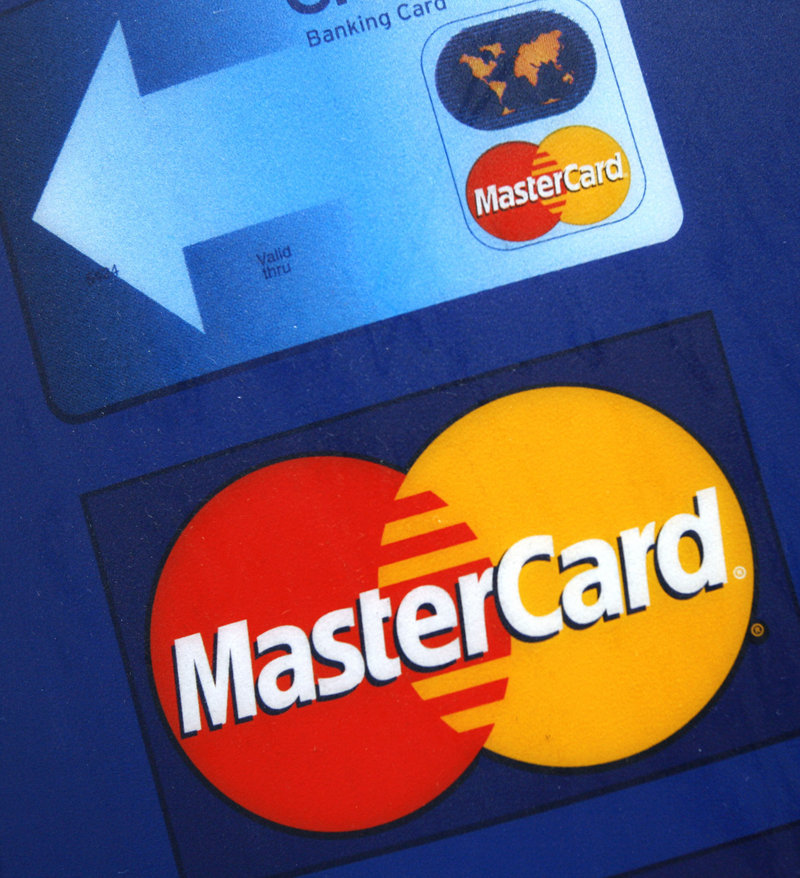NEW YORK – Credit card offers are appearing in mailboxes again after all but drying up last year. But the deals are a far cry from the zero interest rate, no-fee offers common at the height of the credit bubble.
Anyone looking for a new card should expect to pay a higher interest rate, and those with spotty payment histories will have a harder time getting one than in years past.
The uptick is nevertheless a sign there’s a rebound under way.
In the first quarter of this year, banks sent out 481.3 million card offers, according to Synovate Mail Monitor. That’s a 77 percent jump from their lowest point, 272.5 million, in the third quarter of 2009. Although that’s still well below the 1.58 billion mailed at their peak, the third quarter of 2005.
“They’re not just dipping their toes, they’re really climbing in full force,” said Anuj Shahani, director of competitive tracking for Synovate Inc., which tallies card mailings.
Two banks alone, Chase and Capital One, sent about half of all offers. HSBC and Citi mailings also notably spiked.
There are several reasons behind the uptick:
• Legislation placing strict rules on fees and interest rate changes took effect in February. Card companies have adjusted policies to comply and are now trying to ramp up again.
• Delinquencies and bad-debt write-offs are stabilizing. Banks gave up trying to collect more than $35 billion in card debt in 2009. Analysts who track past-due payments say such write-offs likely topped out in the first quarter.
• Consumer spending jumped in the first quarter and companies are starting to hire again. These signs of economic recovery have banks looking forward to better times.
“Direct mail volume is probably the leading indicator of credit card issuer confidence and health in the market,” said Ben Woolsey of Creditcards.com.
Even though mailings are increasing, there’s a long way to go before returning to the peak, when the number of offers each quarter exceeded the total for all of 2009. Marketing firm Mintel Comperemedia expects the high end for 2010 will be about half what landed in mailboxes during the peak years.
That’s partly because banks are unsure of how much interest there is in getting new cards. Capital One CEO Richard Fairbank recently called demand a wild card, calling it “one of the toughest things for us to predict.”
Fairbank noted that consumers are trying to pay down debt — the Federal Reserve says overall credit card debt has dropped more than 10 percent to $858.1 billion in the past two years.
Most offers are targeted toward individuals with a strong credit history. Andrew Davidson, Mintel senior vice president, said subprime cards, for those with spotty payment histories, counted for just over 10 percent of offers at their height, but are now well below that mark.
Whatever their credit scores, consumers should carefully assess offers before applying. One help is the so-called “Schumer box,” named for New York Sen. Charles Schumer, that spells out interest rates, fees and other details, making it easier to compare deals.
But don’t stop there. It’s important to thoroughly read offers to be clear how each card works.
Among the elements to watch for:
• Annual fees are making a big comeback in the wake of the credit card law, which restricts banks’ ability to raise interest rates and tack on extra charges. Expect annual fees to become more common as banks aim to replace revenue lost to those restrictions.
• More rewards: Customers who use rewards cards spend more, carry half the average balance and are more likely to make timely payments, Gordon Smith, Chase chief of card services, recently told investors. That’s why banks push rewards cards. But for someone who carries a balance, interest rates should be a bigger concern.
• Variable interest rates: There are still some promotional, or teaser, rates available, but don’t expect many zero-interest offers. Instead, banks are granting shorter introductory rate periods and higher “go to” rates.
What’s more, a growing number of cards carry variable rates. Open a variable rate account, and the bank can skip the credit card law’s requirement for 45 days notice before raising rates.
The spread between the prime rate and rate charged is also climbing. Bankrate.com says variable rate cards averaged 14.03 percent last week, up from 10.78 percent a year ago, although the prime rate in unchanged from 3.25 percent during that time.
• Higher fees for balance transfers: Banks are charging up to 5 percent of the transferred balance, and some may add a transaction fee on top of that. Fees are also starting to pop up for other transactions, such as ATM withdrawals.
Send questions/comments to the editors.



Success. Please wait for the page to reload. If the page does not reload within 5 seconds, please refresh the page.
Enter your email and password to access comments.
Hi, to comment on stories you must . This profile is in addition to your subscription and website login.
Already have a commenting profile? .
Invalid username/password.
Please check your email to confirm and complete your registration.
Only subscribers are eligible to post comments. Please subscribe or login first for digital access. Here’s why.
Use the form below to reset your password. When you've submitted your account email, we will send an email with a reset code.